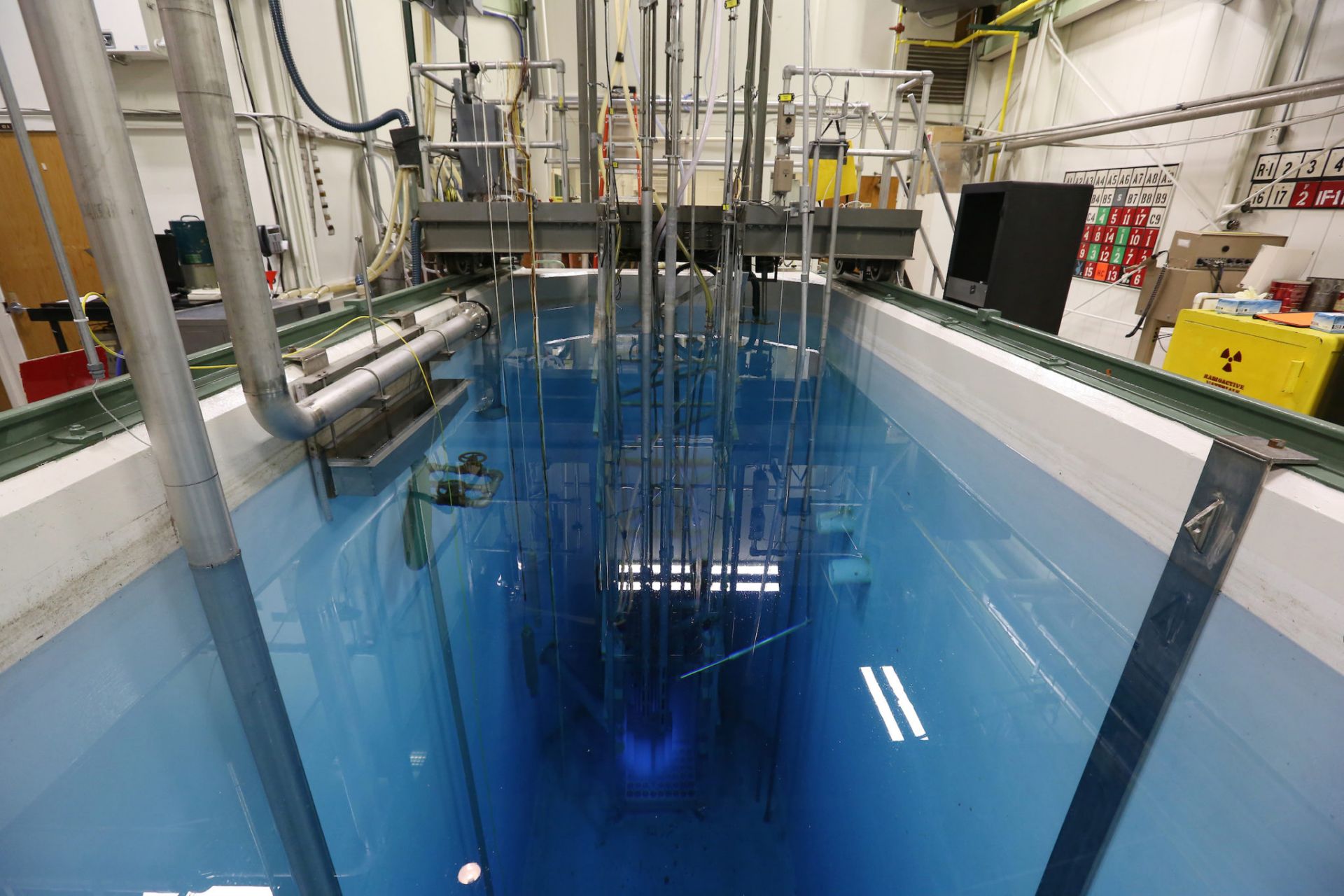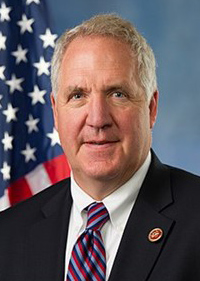NRC gives nod to Watts Bar-2 power uprate
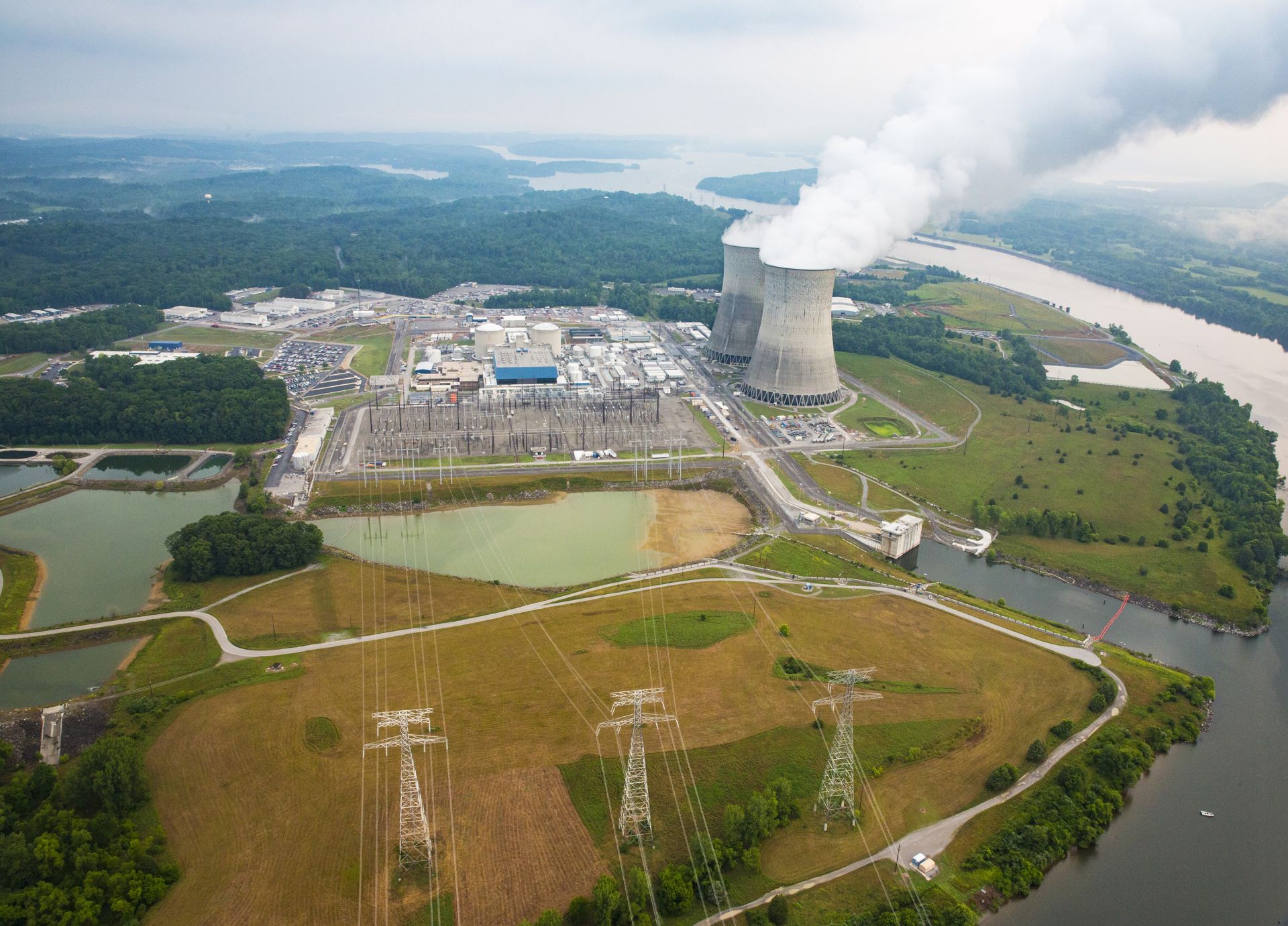
Watts Bar Unit 2. Photo: TVA
The Nuclear Regulatory Commission has approved a request from the Tennessee Valley Authority to increase the generating capacity of Unit 2 at the Watts Bar nuclear power plant by 1.4 percent, according to an October 27 press release from the agency. TVA submitted its application for the power uprate on October 10, 2019, and the NRC issued the required license amendment on October 21.
The power uprate, which TVA intends to implement by mid-December, will increase Unit 2’s generating capacity from approximately 1,223 MWe to 1,240 MWe.
“The NRC staff determined that TVA could safely increase the reactor’s output, primarily through more accurate means of measuring feedwater flow,” the press release stated, adding, “NRC staff also reviewed the TVA evaluations demonstrating that the plant’s design can safely handle the increased power level.”


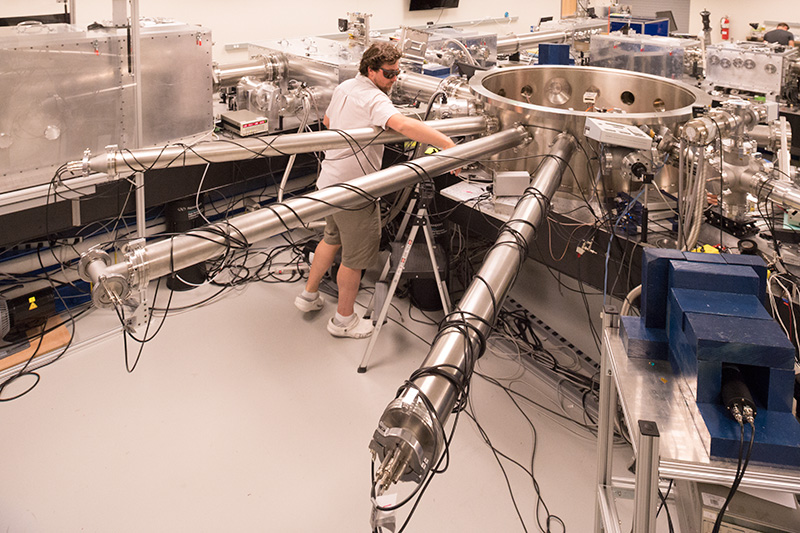
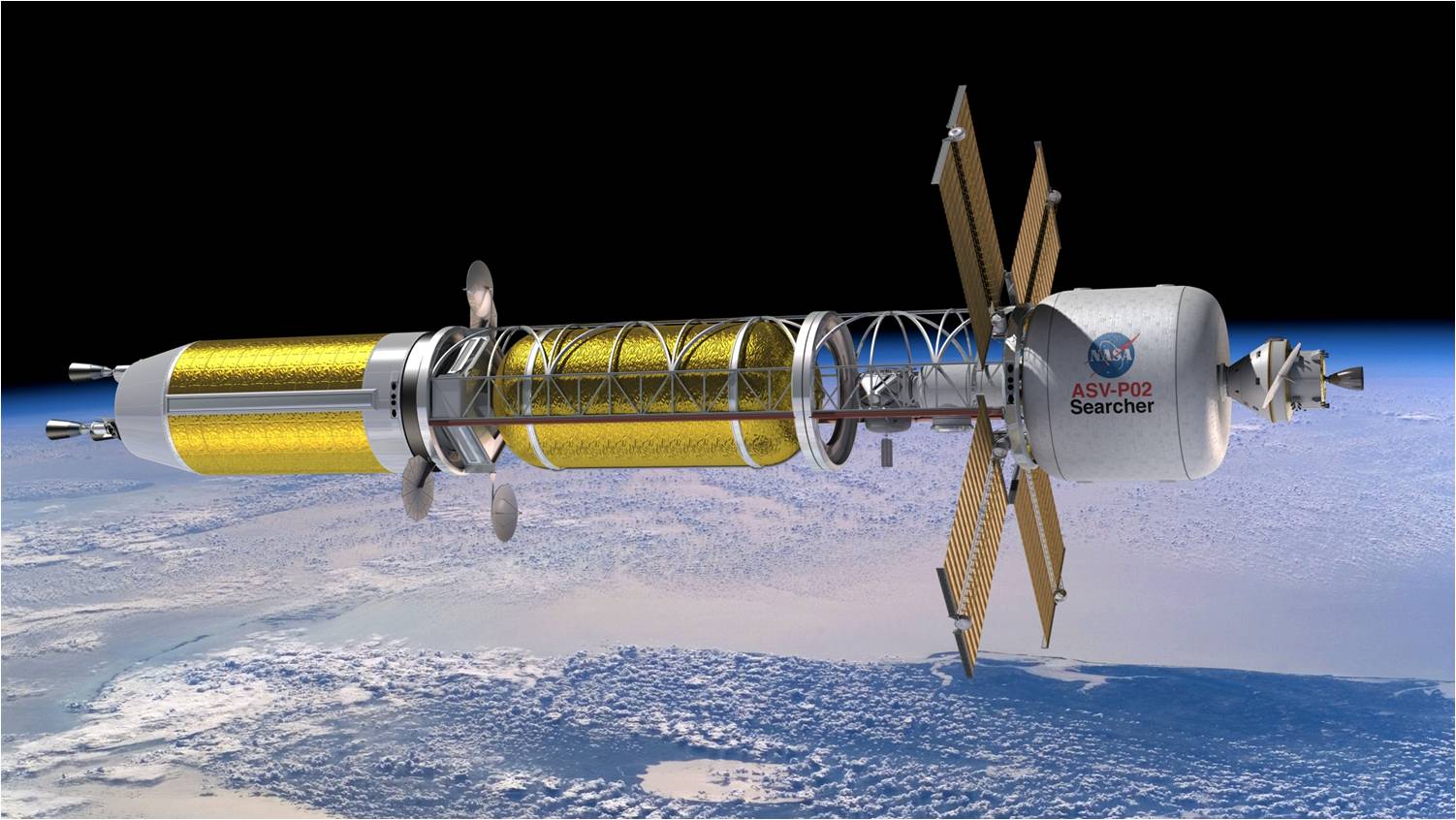
 Waste Management Symposia, which hosts the Waste Management Conference every year in Phoenix, Ariz., announced on October 23 that it is putting an increased emphasis on funding scholarships at historically black colleges and universities (HBCU) and at institutions near Department of Energy sites. The organization said that the funding is part of its continuing effort to help the DOE and the nuclear industry develop the workforce of the future.
Waste Management Symposia, which hosts the Waste Management Conference every year in Phoenix, Ariz., announced on October 23 that it is putting an increased emphasis on funding scholarships at historically black colleges and universities (HBCU) and at institutions near Department of Energy sites. The organization said that the funding is part of its continuing effort to help the DOE and the nuclear industry develop the workforce of the future.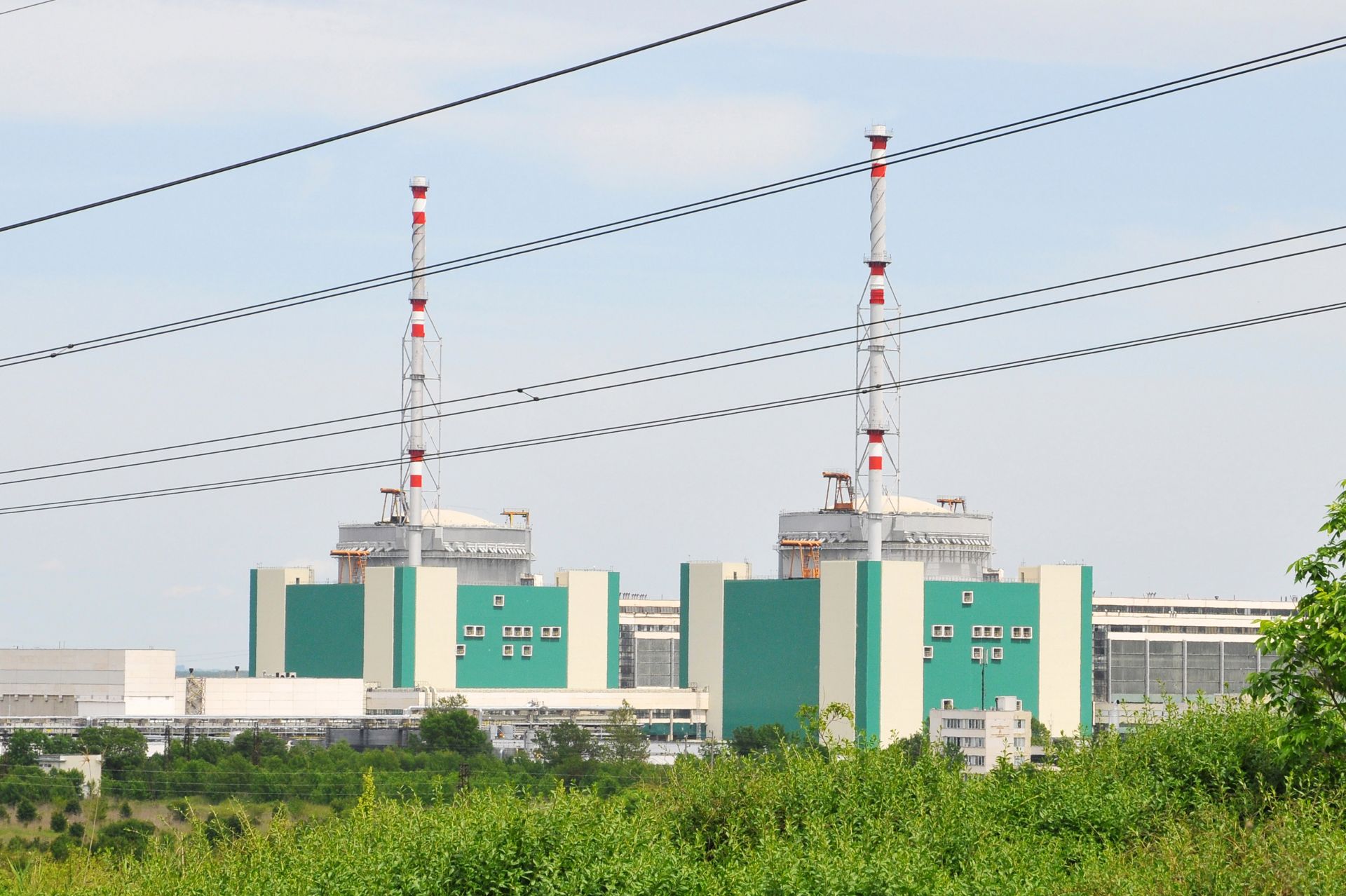
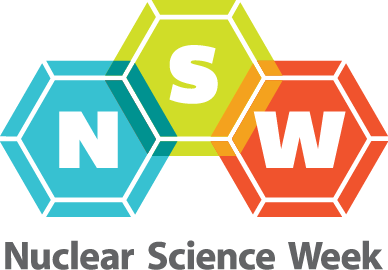 Nuclear Science Week (NSW) is a celebration designed to focus local, regional, national, and international interest on all aspects of nuclear science. National events marking the 11th annual NSW took place October 19–23 in Washington, D.C. This year’s theme was
Nuclear Science Week (NSW) is a celebration designed to focus local, regional, national, and international interest on all aspects of nuclear science. National events marking the 11th annual NSW took place October 19–23 in Washington, D.C. This year’s theme was 
